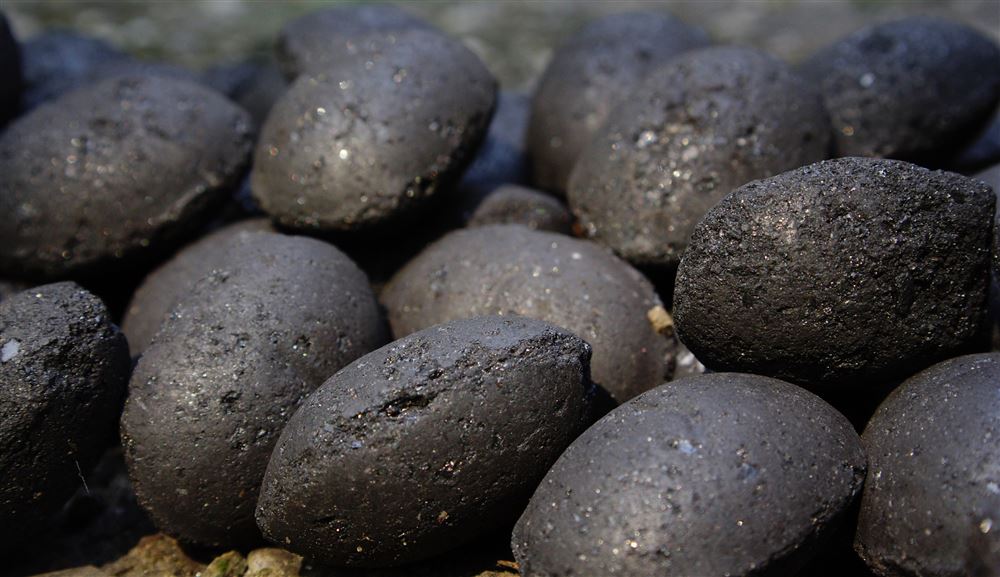
Why Pelletizing EAF Dust for Efficient Recycling in the Waelz Kiln Process?
As industries increasingly shift toward sustainable waste management, recycling electric arc furnace (EAF) dust using the Waelz kiln process has gained attention. This method not only addresses environmental concerns but also recovers valuable metals, particularly zinc, from what would otherwise be considered industrial waste.
Understanding the Problem with EAF Dust
EAF dust is a by-product of steel production generated during the melting of steel in an electric arc furnace. Currently, global production of EAF dust is estimated at around 10 million tons annually—a figure that continues to rise alongside growing steel demand. The disposal of this waste poses a significant challenge for the steel industry due to the large volume produced and the need for costly chemical or thermal treatment before it can be safely landfilled.
The Recycling Process: How EAF Dust is Recycled
Despite being categorized as waste, EAF dust contains valuable metals such as zinc, which can be recovered and reused in new production processes. The Waelz kiln technology employs a reduction roasting technique to extract these metals. The recycling process involves several steps:
- Pre-conditioning and Pelletizing: EAF dust is blended with water to reduce dustiness during processing and to prepare it for pellet formation on a disc pelletizer, or pan granulator. The pelletizer rotates, causing the dust to form small, round pellets through a layering effect similar to rolling a snowball.
- Pelletizing to Optimize Kiln Processing: The formed pellets, typically ranging from 1/6” to ¼” in size, are fed into the Waelz kiln. Pelletizing the EAF dust prior to feeding it into the kiln prevents material fines from becoming entrained in the process gas flow. This is crucial for optimizing the efficiency of the reduction roasting process.
- Reduction and Recovery: Inside the kiln, the pellets are heated to a specific temperature, causing the carbon within the reductant (such as coke) to reduce zinc oxide to metallic zinc. This zinc vaporizes, is oxidized above the kiln bed to form zinc oxide mist, and is subsequently captured by a dust collection system.
- Cooling and Collection: The zinc oxide mist is cooled in an industrial cooling system and collected for storage or transport.
Why Pelletize EAF Dust?
Pelletizing EAF dust before processing in the kiln offers several benefits that enhance the efficiency and effectiveness of the recycling process:
- Entrainment Prevention: Fine EAF dust particles are prone to becoming entrained in process gas flows, reducing the efficiency of metal recovery. Pelletizing increases particle size, preventing entrainment and ensuring optimal processing.
- Improved Heat Transfer Efficiency: Pellets promote more efficient heat transfer in the kiln. Unlike fines that may become entrained in the hot air stream, pellets roll against the kiln’s refractory lining, allowing heat transfer from both the air stream and the refractory. This ensures a more efficient reduction process.
- Increased Process Efficiency: Pelletizing also enables the use of a higher gas velocity within the kiln, which improves overall process efficiency. Higher gas velocity allows for a smaller kiln size and lower operational costs.
Key Considerations in EAF Dust Recycling
While EAF dust recycling using the Waelz kiln offers significant advantages, there are several factors to consider:
- Varying Composition: EAF dust composition can vary significantly depending on its source. Conducting agglomeration feasibility trials on the specific EAF dust source before purchasing pelletizing equipment is recommended. This helps gather essential data for designing the pelletizer and ensuring the desired feedstock quality for the kiln.
- Abrasiveness: EAF dust is often abrasive due to its metal content. Customizations to processing equipment may be necessary to prevent premature wear and maintain operational efficiency.
Conclusion
As the cost of landfilling EAF dust rises and industries strive for more sustainable waste management practices, recycling EAF dust using the Waelz kiln process is gaining momentum. This method offers a cost-effective and environmentally friendly alternative to traditional disposal methods, contributing to resource conservation and sustainability.
MP Group has been a leader in custom recycling equipment and testing services for over 20 years, with our disc pelletizers being a preferred solution for EAF dust recycling. At our Innovation Center, we offer both batch- and pilot-scale testing for agglomeration and thermal processes in EAF dust recovery.
For more information on EAF dust recycling and custom processing equipment, visit our EAF dust recycling project profile or contact us today!


